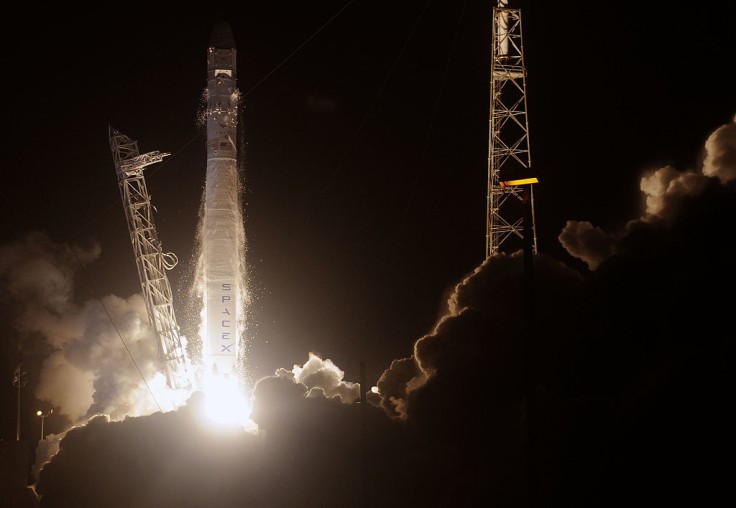
Several people from South Africa witnessed a "meteor shower" of space debris, which some speculated to be from a SpaceX rocket.
In relation to this, people should keep in mind that space debris like this pose threats, specifically to human spaceflights.
SpaceX Rocket Explosion?
On Saturday night, social media went buzzing with reports of a big, moving body of light. Numerous people have shared footage of the event, with some referring to it as a meteor shower and others as a comet.
With regards to those people who have witnessed the fall of the space debris, Twitter user @Jozifire stated that it was present in the skies of Drakensberg, South Africa. Additionally, Jozifire assumed that these are Geminids.
Meteor Shower, Drakensberg South Africa 11/12/21 … is this Geminids? #meteor #meteorshower #SouthAfrica #Geminids pic.twitter.com/HHlkiV8OTN
— Jozifire (@Jozifire) December 12, 2021
To give definition, the Geminids meteor shower, which peaks around mid-December each year, is regarded as one of the best and most consistent annual meteor showers. These meteors are brilliant with a yellowish hue. As shown in the clip, the space debris exhibits slow movement, which means it is not the Geminids.
Aside from Jozifire, Twitter user @MarcForrest also witnessed the space debris in the skies of Durban, South Africa.
Did anyone see this flying over Durban in the sky a few minutes ago. Is it an Asteroid, comet or some space debris close to earth? Wow. Traveling super fast! And huge!
— Marc Forrest (iguy.eth) (@MarcForrest) December 11, 2021
Video by my son. pic.twitter.com/GWdBB8uyi1
Moreover, CNN meteorologist Derek Van Dam shared that the residents of Kokstad, South Africa was also stunned by a breathtaking nighttime show last Saturday. Dam added that this display of streaking light might be a SpaceX rocket space debris, which burned up upon re-entry into the earth's atmosphere.
👀 Did you see this? Residents of Kokstad, #SouthAfrica were stunned by a spectacular nighttime show yesterday. This disconcerting display of streaking light was likely @SpaceX Rocket debris burning up upon re-entry into earth’s atmosphere 🎥: Megan Dorning @News24 @eNCA @CNN pic.twitter.com/i6UT5LCbU1
— Derek Van Dam (@VanDamCNN) December 12, 2021
Meanwhile, a meteorite and a near-space specialist at the Astronomical Society of Southern Africa Tim Cooper clarified that this observation was not a meteor shower but rather rocket debris. Additionally, it claimed it is not from a SpaceX rocket but from Roscosmos.
"Regarding the bright lights seen last night around 8.30pm, this was probably the re-entry of the SL-4 rocket booster from the Roscosmos Soyuz 2.1a rocket which launched the latest cosmonauts to the ISS [International Space Station] on December 11," Cooper expounded on Times Live.
He also explained that the lights were not caused by a comet, asteroid, meteor shower or the Geminids, as reported elsewhere.
Space Debris
According to NASA, the Department of Defense's global Space Surveillance Network (SSN) sensors track more than 27,000 bits of space junk. In the near-Earth space environment, there is a lot more debris that is too little to track but big enough to endanger human spaceflight and robotic missions.
Because both the junk and the spacecraft are moving at such high speeds, even a little piece of orbital debris colliding with a spacecraft might cause significant issues.
The growing amount of space debris poses a risk to all space vehicles, including the International Space Station and other human-capable spacecraft like SpaceX's Crew Dragon.
The possibility of collisions with space debris is taken seriously by NASA, which has an extensive list of procedures for dealing with each conceivable collision hazard to the space station.
These guidelines, which are part of a wider set of decision-making aids known as flight rules, describe when the predicted closeness of a piece of debris raises the risk of a collision to the point where evasive action or other safeguards are required to protect the crew's safety.









